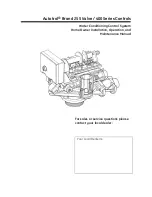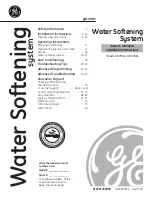Reviews:
No comments
Related manuals for NI 6238

400 Series
Brand: GE Pages: 28

GNPR40L
Brand: GE Pages: 36

C1000
Brand: Handicare Pages: 32

DBI SALA Pro Series
Brand: 3M Pages: 24

Q12
Brand: QUALITY LIFTS Pages: 21

Dan Fogger
Brand: NaanDanJain Pages: 12

EIP-2019
Brand: ICP DAS USA Pages: 8

2301E-HT
Brand: Woodward Pages: 84

2CB5-S Replacement Cartridge EV9617-22
Brand: Everpure Pages: 2

ET1523L
Brand: Elo Touch Solutions Pages: 3

BOC-2100
Brand: Steren Pages: 12

69RH
Brand: Elvox Pages: 16

CWDS-01
Brand: KYOKUTOH Pages: 12

VPM.1FR02
Brand: Electra Pages: 12

SmartShop Maker
Brand: Laguna Tools Pages: 70

MOBY/5500
Brand: VAULT Pages: 24

Compact 2 Series
Brand: DATAEAGLE Pages: 2

ACTProx Duo-B
Brand: ACT Pages: 12

















